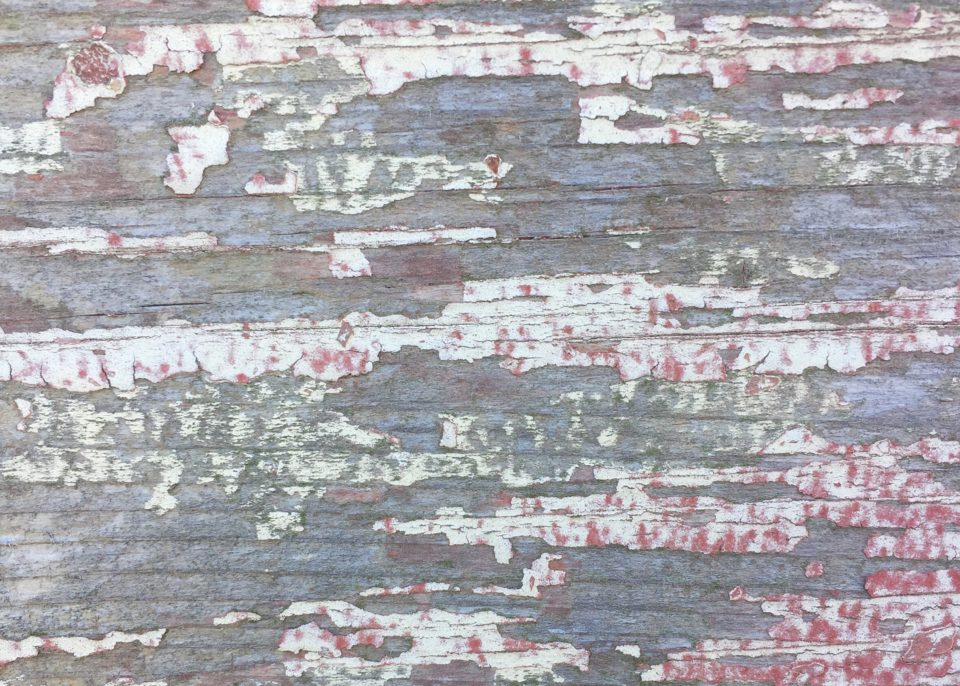
Déjà vu, from French, meaning literally “already seen”, is the phenomenon of having the strong sensation that an event or experience currently being experienced has already been experienced in the past. (Wikipedia)
Comedian George Carlin, as only he could do, flipped the term to come up with Vuja De, “the strange feeling that none of this has happened before.” It’s when you’re in a situation you’ve been in a hundred times before, but you suddenly see it in a whole new way, as if for the first time.
While Carlin was being funny, he also knew that there was profound truth in this notion. Since every moment is always brand new, whether we think so or not, vuja de is a lens that we can use anytime we choose. Carlin’s daughter Kelly said that this is the way her Dad went through life. He “observed mundane, everyday things as if one were witnessing something strange and fascinating.” A lot of comedians are like this.
I wrote about this phrase in a previous post, Making the Familiar Unfamiliar. But, it came to my attention again in the book, A More Beautiful Question, by Warren Berger. He explores the concept as a way of taking a step back (pausing) and looking at the world differently, so that we can ask better questions, ones that can spark innovation.
Of course, this is really just another way of talking about “beginner’s mind” or seeing things freshly, a core concept of contemplative photography.
“The mind of the beginner is empty, free of the habits of the expert. Such a mind is open to all possibilities and can see things as they are.” ~ Shunryu Suzuki, Zen Mind, Beginner’s Mind
I had this post ready to go yesterday, but decided to postpone it until today. We were bombarded with so much yesterday, it was time to take a pause and clear the mind, to feel the emotions, to not react. If ever there was a time to put on that vuja de lens, this was it.
If Carlin noticed everything, Berger says that most of us notice too little. We don’t take the time to look closely, or we stop looking too soon. How do we do adopt this vuja de lens? The book suggests several ways, ones that can be practiced through photography.
* Shift focus from objects or patterns in the foreground to those in the background. What’s going on behind the scenes? What are the subtle messages being conveyed?
In photography, we do this by becoming more aware of negative space and the relationship between positive space (form) and negative space.
* Think of things assumed as negative as positive. How can we look at this differently? What possibilities can come from this?
In photography, see subjects normally considered ugly, boring, or mundane and find the beauty in them. See: Wabi-Sabi for Photographers (Part 1).
* Identify what matters most and what matters least. What can I do moving forward? How can I respond with compassion?
In photography, simplify to the core message of a photograph by identifying what’s in the frame and what’s out. See: Simplicity in Photography
* Be intentional in what you’re doing. Stop living on automatic pilot. Make deliberate choices. Stand up for what you believe.
In photography, know why you’re photographing and what you have to say. See: Why do you Photograph?
What have you seen lately through your vuja de lens?
** Books mentioned have Amazon or Bookshop affiliate links, meaning I make a few cents if you purchase through my link. I only recommend books that I’ve read.
STRANGE STREETS
Have you stepped from your house
only to find yourself
on a strange street.
Yes, that house is still there
this tree
that light
but what of the strangeness
in a well-known street?
This and that,
not this, not that…
a moment of truth
as you remember,
briefly,
that you are not
the one
who remembered
yesterday.
Wonderful, Jim. That strangeness can be a little unsettling, yet so exciting too.
Having the mind of a beginner sounds the best advice ever. I could liken that to having the mind of a small child and looking at everything with total awe and amazement.
What am I seeing these days through my ‘beginner’s mind frame’? Well, redoing your workshop on abstract photography is a wonderful way of seeing things anew from a completely different point of view!
Lovely article, Kim, with lots of lovely links to discover!
Yes, abstract will do that for you!
This post was just what I needed today. Our world is turned upside down, and I need to get a new perspective on it. Your suggestions are very helpful, Kim. I so enjoy being with kids and getting a glimpse of the world through their eyes. My five year old grandson loves nature, and is always pointing things out to me, many of which I never noticed.